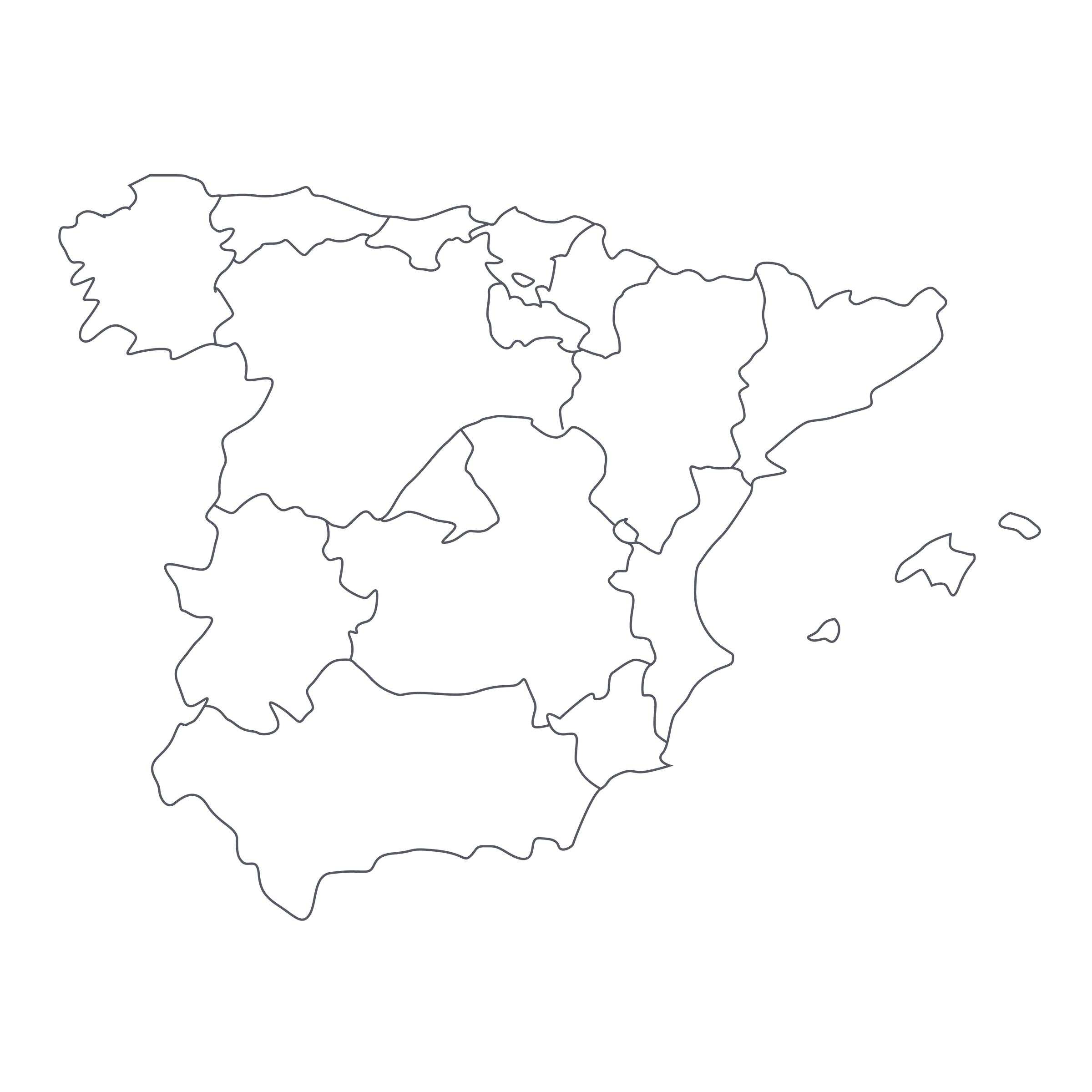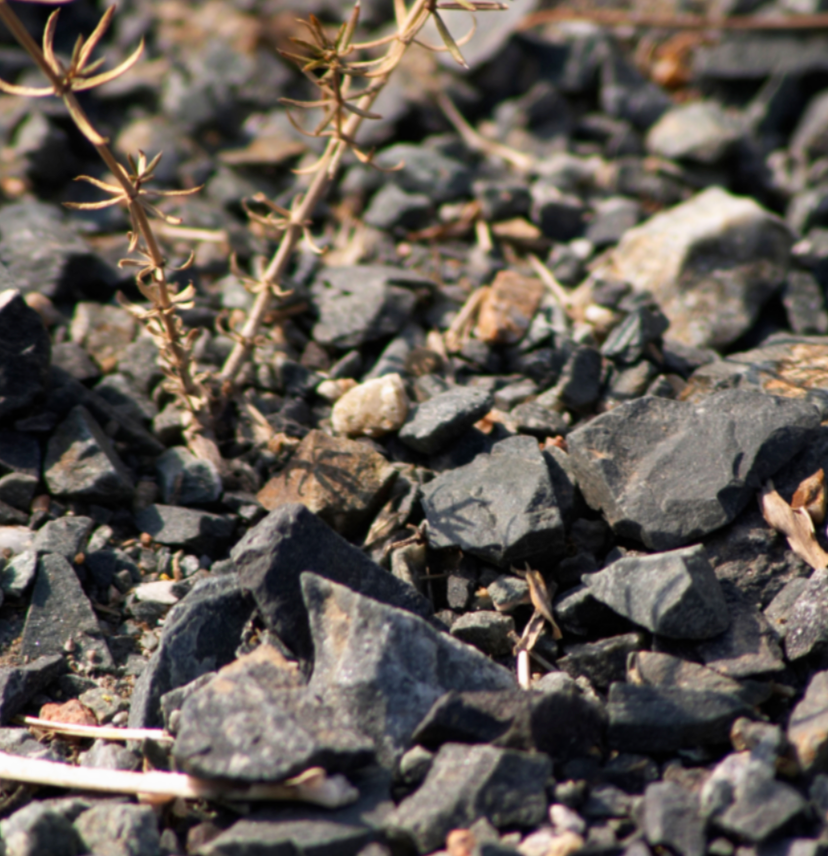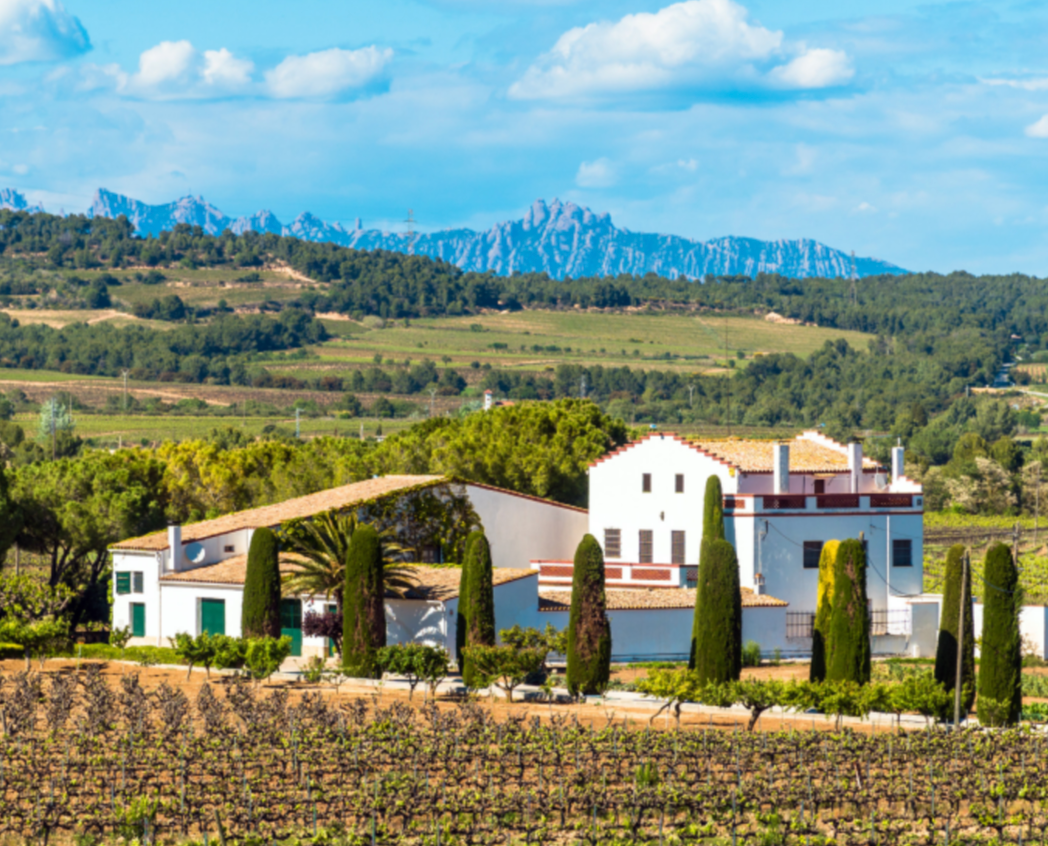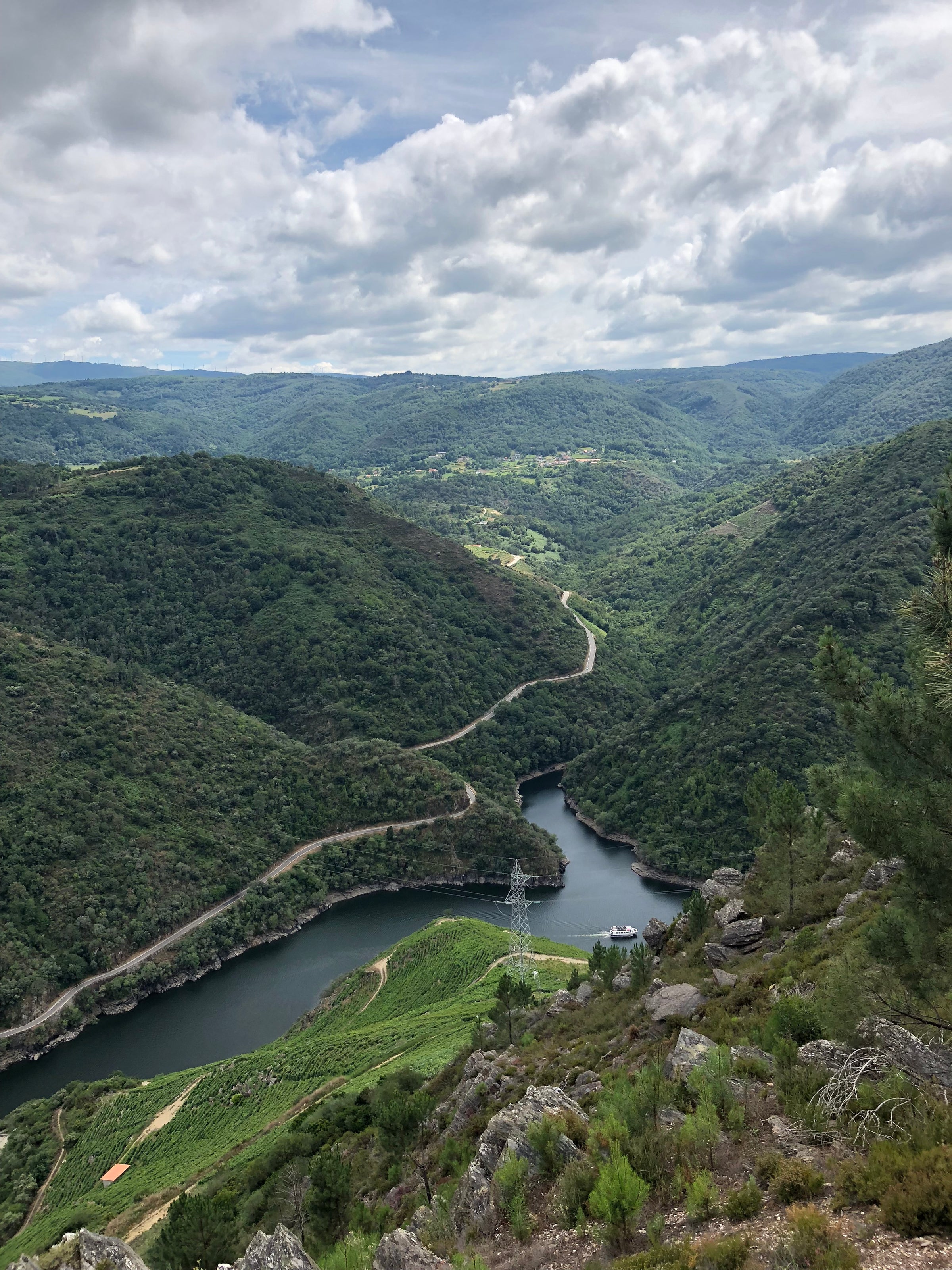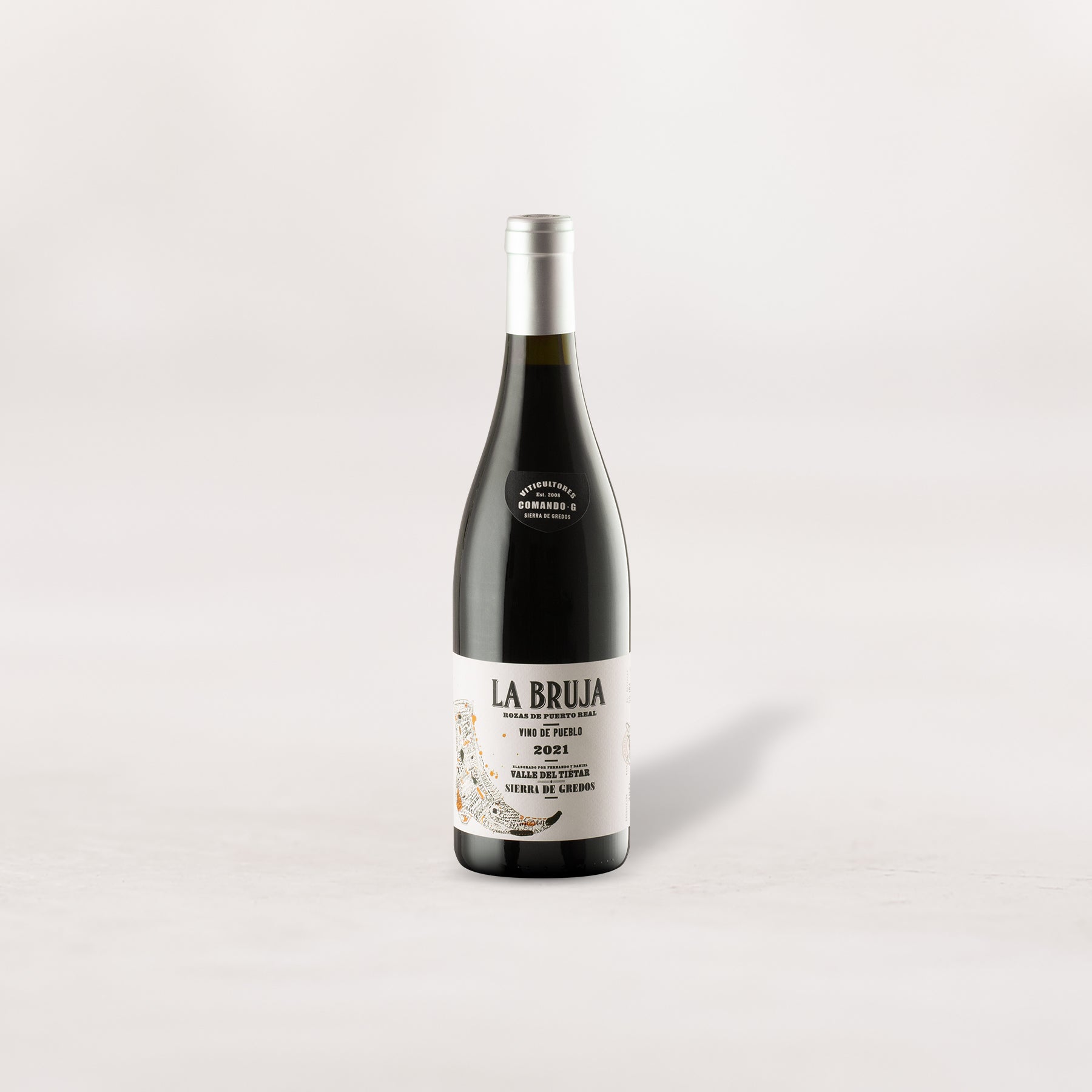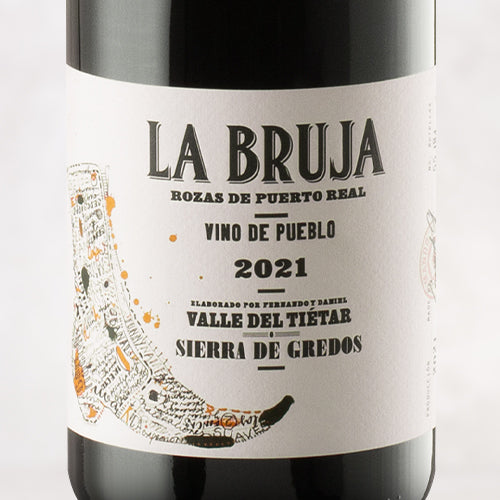Every now and then you come across a wine that makes you rethink your knowledge of a certain grape. Comando G’s “La Bruja de Rozas” old-vine Garnacha is one of those wines: Within the Grenache universe, there are a precious few (we’re looking at you, Rayas) who manage to coax such cherry-fruited finesse from this variety. And the more we learn about Comando G Viticultores, the more we appreciate what its two passionate winemakers are doing with their organic and biodynamic restoration of ancient vineyards. This is about bringing the history of Spanish wine—and the Garnacha grape—into the future. The joy of Comando G’s winemaking is in every sip of this wild, beautiful wine. It’s tempting to make comparisons to some of our favorite red Burgundies: The structure, finesse, and acidity is all there, more Côte de Nuits than Mediterranean. Then again, no Pinot Noir could ever smell like this—there’s an extra dose of hedonism and sappy cherry fruit here that’s completely irresistible. This is “Grand Cru” Garnacha that’ll seduce your palate with prettiness, persistence, and perfume. And the price? One of the best Spanish red-wine values you’ll see here or anywhere!
Daniel Landi and Fernando Garci have been friends since college. They were both working in viticulture in the mountainous Sierra de Gredos region, a rugged and remote growing zone west of Madrid—Fernando at the lauded Bodega Marañones and Daniel at his family’s estate, Bodegas Jimenez-Landi. The two would go on expeditions into the mountains to explore rumors of hidden vineyards, scattered among the natural granite amphitheaters of the Spanish backcountry. Their curiosities developed into full-blown passion when they found ancient, tenacious vineyards warped by temperature and stone. Fernando and Daniel began purchasing and leasing the best plots they could find—carefully nursing these vines back to impeccable production standards in the least invasive way possible.
“La Bruja de Rozas” is a ‘village’-level wine (Vino de Pueblo), sourced from several different vineyards around the little town of Las Rozas de Puerto Real. Remember that we are way up in the Gredos Mountains here, at roughly 2,800 feet of elevation. These Garnacha bush vines are working much harder than most, organically and biodynamically farmed in loose, granitic sand. The vineyards here are studded with enormous granite boulders and scrub brush that the vines have simply grown around, completely undeterred. These vines have pushed their root systems deep into the earth over the course of their 50-80 years of life, searching for moisture and nutrients that Daniel and Fernando aren’t spoon-feeding them.
Grapes are hand-harvested, fermented on native yeasts, and given an extra-long maceration of 40 to 60 days. The wines then spend nine months in giant old oak barrels to soften some of the tangier tannins without imparting any wood flavor. The result is a surprisingly light, ruby red in the glass with a bright pink rim. La Bruja de Rozas is ridiculously fragrant, redolent of rose petal and black cherry juice, with a hint of brighter strawberry candy. The fruit is balanced by a slightly meaty edge on the palate, with just enough tarriness to remind you that this can’t possibly be Burgundy.
